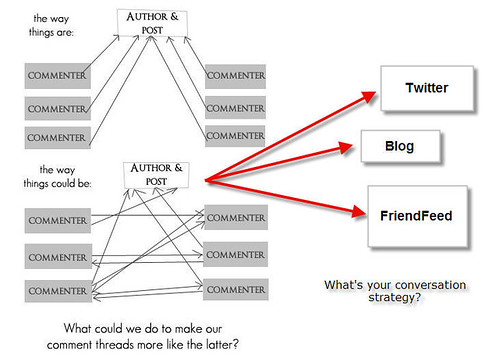Have you noticed the buzz about privacy this past week? I speak and blog about social media and privacy issues so I keep my ear to the ground. What surprises me lately is how often I see wall posts on Facebook about privacy violations. LinkedIn ended up in hot water with their members for the same sort of thing. Here's what made people nervous this week and why.

Facebook loosens security settings
If you're a Facebook user, chances are you saw this post pop up on the wall of someone you follow. Four people in my relatively tiny network posted this message:
FB has quietly changed something! Take a look at your URL address (the top box on your screen.) If you see "http" instead of "https" you DO NOT have a secure session & can be HACKED. Go to Account – Account Settings – Account Security – click edit. Check box (secure browsing), click Save. FB has automatically set it on the non-secure setting! Do your friends a huge favor, copy & re-post.. Mine was on the non-secure setting and had to change it.
I checked mine and, sure enough, I was no longer on a secure session with Facebook. It's quick to fix once you know about it. I encourage you to make sure you're operating on a secure session.
Did you even know you had those phone numbers?
Another recent Facebook transgression had to do with phone numbers for people in your contact list. Another batch of warning notices started appearing:
ALL THE PHONE NUMBERS IN YOUR PHONE are now on facebook! go to the top right of the screen, click on ACCOUNT, click on EDIT FRIENDS, left side of screen and click CONTACTS. you will see all phone numbers from your phone (FB friends or not) are published that you have stored in your mobile phone. TO REMOVE, go to RIGHT column, click on "this page." Please repost this on your status, so your friends can remove their numbers and thus prevent abuse.
I checked my Contacts and, sure enough, I saw phone numbers of people I had no idea I even possessed. It was especially worrying for people who had synchronized their iPhones with Facebook. This allowed phone numbers from your mobile phone to be stored in Facebook.
According to an article in TechCrunch, it's not as sinister as the alarmists would have you believe. Still, it's confronting to see the personal phone numbers of everyone in your network. Facebook is notorious for changing privacy settings on a whim. In my opinion, it's just better to get rid of them . In the name of privacy, I would encourage you to remove all imported contacts; I did.
What is LinkedIn thinking?
The thing surprising me most this week was LinkedIn assuming they could get away with using members names and photos in their advertising campaigns. By adding a new section to your Account Settings called "Manage Social Advertising", LinkedIn assumed tacit permission. In LinkedIn's own words:
LinkedIn may sometimes pair an advertiser's message with social content from LinkedIn's network in order to make the ad more relevant. When LinkedIn members recommend people and services, follow companies, or take other actions, their name/photo may show up in related ads shown to you. Conversely, when you take these actions on LinkedIn, your name/photo may show up in related ads shown to LinkedIn members. By providing social context, we make it easy for our members to learn about products and services that the LinkedIn network is interacting with.
I quickly changed my account settings denying LinkedIn permission to use my name and photo in their advertising campaigns. You can do the same by:
- Go to `Settings' in the pull-down menu under your name in the upper right-hand corner of the screen.
- Click on `Account' in the last box on the left-hand column.
- Click on `Manage Social Advertising' under Privacy Controls.
- Remove permission at the bottom of the pop-up window.
Fair Warning
No one is ever surprised when Facebook changes privacy settings without notice; they have a long history of privacy violations. Facebook founder Mark Zuckerberg routinely dismisses concerns with weak explanations about improved user experiences. The LinkedIn situation worries me. It's indicative of the huge lure these free networks must experience when it comes to advertising dollars. The information and marketing intelligence stored in the membership databases of the popular channels is awesome to consider. You can't depend on a social media channel to protect your privacy. The only way to ensure your personal details stay private is to resist storing them online.
Do you think your privacy is being violated?
Subscribe
Subscribe here to have new posts from the Global Copywriting Blog delivered by email.
Image Credit: privacy by Sean MacEntee, on Flickr








Recent Comments